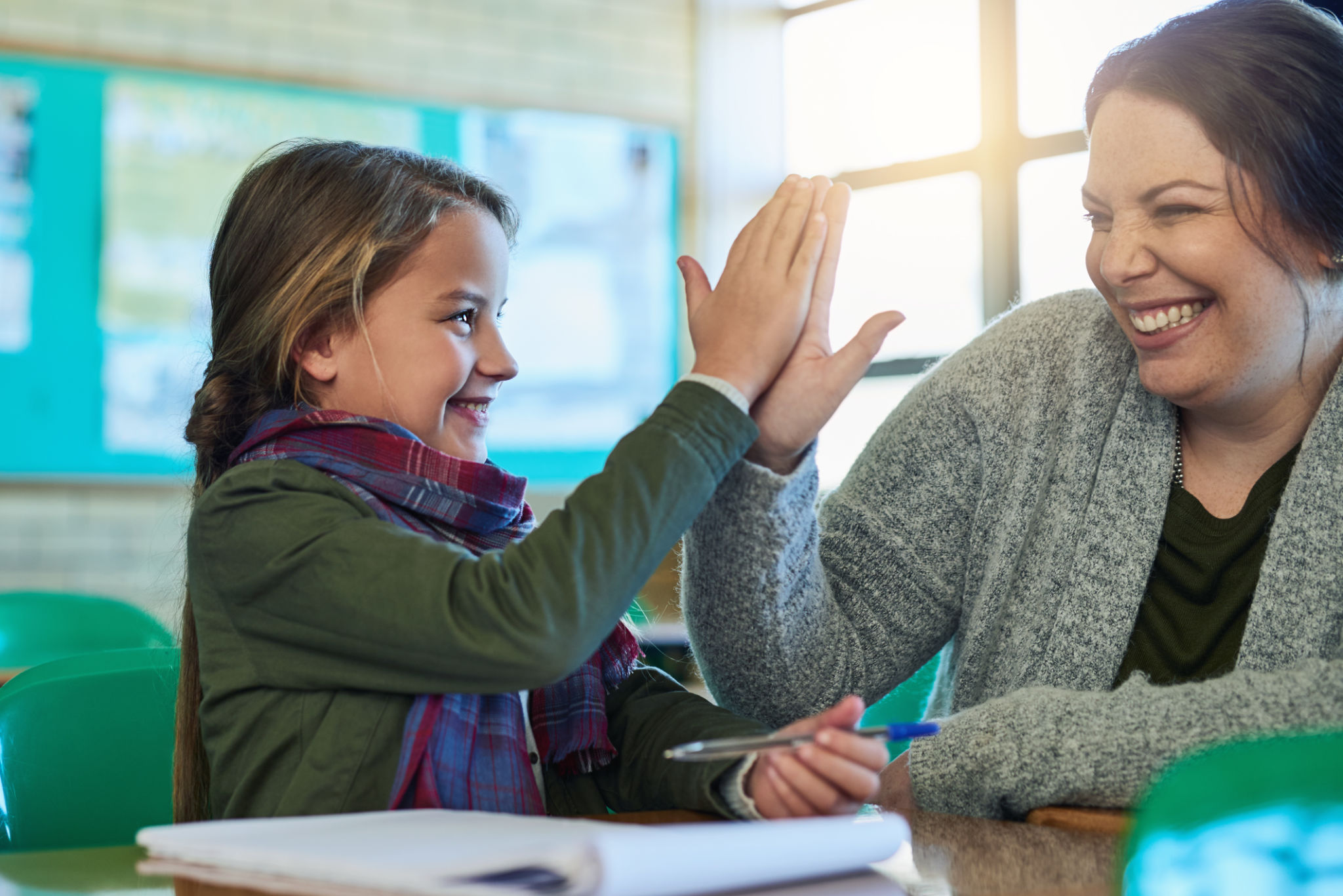Why Face-to-Face Learning Still Matters in the Digital Age
BM
The Value of Human Interaction
In an era dominated by digital tools and virtual communication, the importance of face-to-face learning remains undiminished. While online platforms offer flexibility and accessibility, they often lack the human touch that fosters deep understanding and personal growth. Face-to-face learning provides a unique environment where students can engage with instructors and peers in ways that digital platforms cannot replicate.

Enhanced Communication Skills
One of the greatest advantages of face-to-face learning is the development of communication skills. In a classroom setting, students must interact with teachers and fellow students, honing their ability to express ideas clearly and listen actively. This interaction is crucial not just for academic success but also for professional environments where effective communication is key.
Moreover, face-to-face learning encourages non-verbal communication, including body language and facial expressions, which play a significant role in understanding and conveying messages. These subtle cues are often lost in digital communication, making in-person interactions invaluable for comprehensive learning.
Immediate Feedback and Clarification
Another significant benefit of face-to-face learning is the immediacy of feedback. In a classroom, students can ask questions and receive instant clarification, allowing for a more dynamic and responsive learning process. This real-time interaction helps address misunderstandings immediately, preventing gaps in knowledge that can occur with delayed responses in online settings.

Building Stronger Relationships
Face-to-face learning fosters a sense of community and collaboration. It allows students to build stronger relationships with their peers and instructors, creating a supportive network that enhances the educational experience. These relationships often lead to collaborative projects and group discussions that enrich learning and encourage diverse perspectives.
Motivation and Accountability
The physical presence in a classroom setting also increases motivation and accountability. Students are more likely to stay engaged when they are part of a tangible learning environment. The structure provided by regular class schedules helps students maintain focus and discipline, which can sometimes be challenging in a self-paced online setting.

Adapting to Different Learning Styles
Face-to-face learning is particularly beneficial for those with specific learning styles that require more interaction or hands-on experiences. Kinesthetic learners, for example, thrive in environments where they can physically engage with the material. In-person classes often provide opportunities for practical applications, such as labs or workshops, that are difficult to replicate virtually.
While digital education continues to evolve, offering innovative tools and resources, the essence of education lies in human interaction and personal growth. Face-to-face learning remains a cornerstone of education, balancing technological advances with the irreplaceable value of human connection.